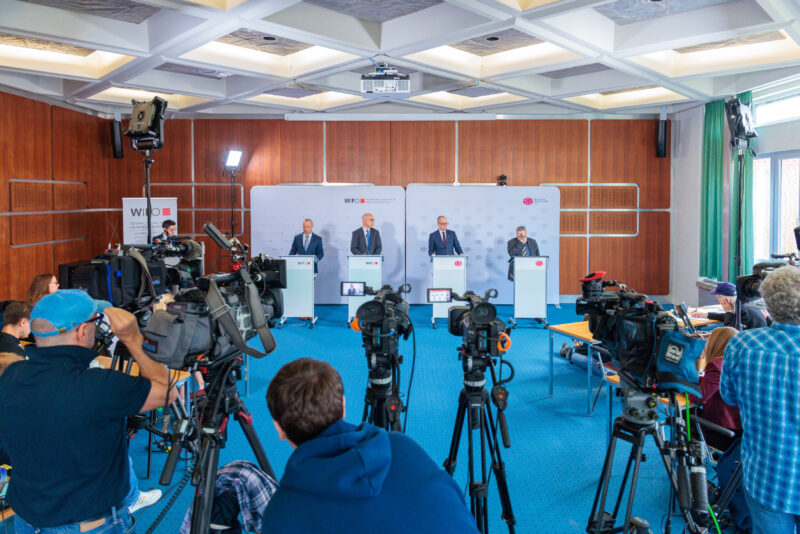
Data on Tourist Mobility
Tourists move by definition from the place of residence to the destination region, as well as between destinations, and between attractions within the same destination. These phenomena present several issues which are related both to the collection of information and to the analysis of complex information such as the ones related with tourist itineraries.
Using various original data sets and case studies, Ferrante described in his presentation the main empirical problems and challenges that arise in the analysis of tourism mobility and identified possible solutions for the collection and analysis of these data. According to Ferrante, there is particularly little information available about the motives for visitors' travel and the form of accommodation during their stay (hotel, private pension, friends, etc.).
In a discussion on the presentation of Ferrante, Martin Falk stresses that the analysis of tourist mobility and tourist behaviour with the help of GPS-based tracking methods and GIS analysis is a growing research area. There is a rapidly growing interdisciplinary research in the fields of information technologies, transport, urban planning, tourism, geography and natural sciences. Traditional surveys of travel behaviour by national statistical offices have great limitations. This is why researchers are increasingly collecting their own data on travel behaviour using GPS-based tracking methods. The results of the methods are helpful for sustainable destination management, measures to control tourism flows in crowded destinations, measurement of the CO2 footprint of tourists, diversification of tourism activities and pricing of tourism attractions.
























